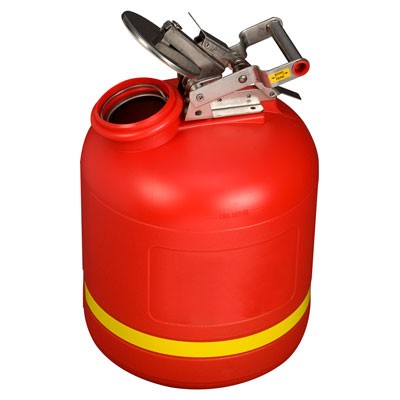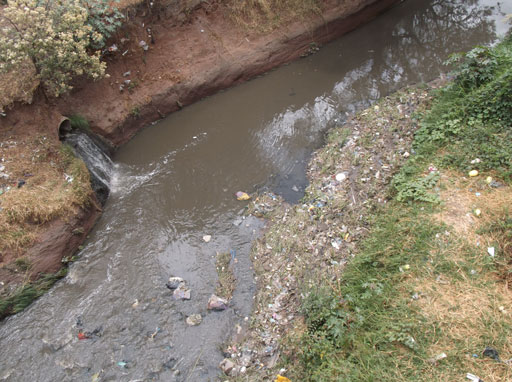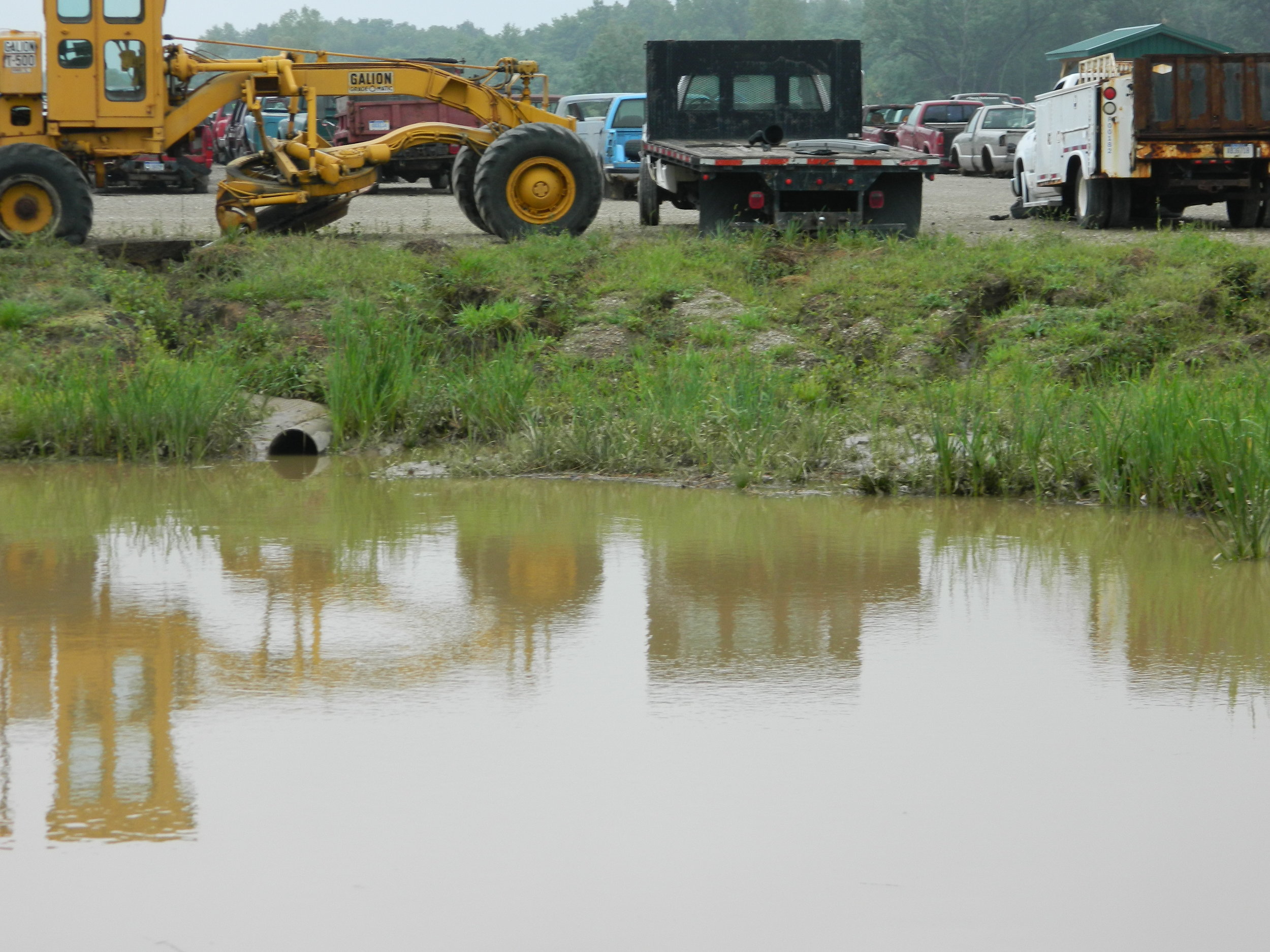Safe and Sustainable Liquid Waste Disposal: Your Go-To Service Provider
Safe and Sustainable Liquid Waste Disposal: Your Go-To Service Provider
Blog Article
How Fluid Garbage Disposal Functions: A Comprehensive Introduction of Methods and Technologies Utilized

Overview of Fluid Waste Kind
The intricacy of fluid waste types necessitates an extensive understanding of their attributes and ramifications for disposal. Liquid waste can extensively be classified into a number of types, including commercial, municipal, agricultural, and contaminated materials. Each group shows unique buildings, calling for details management approaches to mitigate environmental and health threats.
Industrial fluid waste stems from producing processes and usually includes a variety of contaminants, such as heavy metals, solvents, and organic compounds. Municipal fluid waste, mainly making up wastewater from households and business facilities, includes natural matter, nutrients, and virus (industrial wastewater treatment). Agricultural fluid waste, consisting of runoff from ranches, might contain plant foods, chemicals, and pet waste, posing risks to water high quality and environments
Hazardous fluid waste is identified by its toxicity, reactivity, or prospective to trigger damage. This group includes compounds like acids, bases, and particular chemicals that demand stringent handling and disposal methods. Recognizing these varied fluid waste types is critical for developing efficient disposal techniques and making sure compliance with ecological policies. Proper category and characterization are important for implementing appropriate therapy strategies and reducing the adverse effect on public wellness and the setting.
Physical Treatment Approaches

Testing is the preliminary step, where bigger bits and particles are removed from the liquid waste making use of displays or grates. In sedimentation tanks, heavier fragments work out at the base, developing a sludge layer, while the made clear liquid can be more dealt with.
Filtration is one more necessary approach that involves passing the liquid with permeable products, such as sand or membranes, to record smaller sized bits. This action enhances the quality of the liquid, making it appropriate for succeeding therapy procedures.

Chemical Therapy Methods
Chemical therapy techniques are essential for effectively handling liquid waste, specifically in resolving dissolved and colloidal contaminants that physical techniques might not effectively get rid of. These strategies use various chemical representatives to neutralize, precipitate, or transform harmful compounds right into less unsafe kinds.
One typical technique is coagulation and flocculation, where chemicals such as alum or ferric chloride are included in advertise the aggregation of put on hold bits. This procedure improves sedimentation, permitting for simpler elimination of the resulting sludge. In addition, oxidation procedures, using representatives like chlorine or ozone, are utilized to break down intricate organic check this site out substances and microorganisms, providing the waste safer for discharge or more treatment.
Neutralization is one more vital method, which readjusts the pH of acidic or alkaline waste streams to neutral degrees, avoiding possible harm to downstream systems and the setting. In addition, progressed oxidation procedures (AOPs) use mixes of oxidants and ultraviolet light to deteriorate relentless toxins, attaining a higher degree of treatment efficiency.
Organic Therapy Procedures
Biological therapy processes play a critical duty in the management of fluid waste by utilizing microbes to decompose natural matter and minimize pollutant degrees. These procedures can be generally classified into cardiovascular and anaerobic therapies, each utilizing specific microbial neighborhoods to attain reliable waste deterioration.
Aerobic therapy involves using oxygen to help with the breakdown of natural materials by bacteria. This process is frequently applied in triggered sludge systems, where aeration tanks supply a helpful setting for microbial development, leading to the oxidation of natural toxins. The resultant biomass can be separated from dealt with effluent through sedimentation.
In contrast, anaerobic treatment takes place in the lack of oxygen, counting on different microorganisms to damage down raw material. This technique is specifically beneficial for high-strength waste, as it generates biogas, a renewable resource resource, while decreasing sludge manufacturing. Technologies such as anaerobic digesters are frequently employed in municipal and industrial applications.
Both cardiovascular and anaerobic organic therapies not just reduce the ecological impact of fluid waste however additionally facilitate source recovery, making them vital parts of lasting waste administration approaches. Their performance, versatility, and performance sustain their extensive application across numerous industries.
Arising Technologies in Disposal
Ingenious techniques to fluid garbage disposal are quickly progressing, driven by developments in modern technology and a raising emphasis on sustainability. Among these emerging modern technologies, membrane bioreactors (MBRs) have actually acquired traction for their capacity to integrate organic treatment with membrane filtering, resulting in high-grade effluent that can be recycled in numerous applications. MBRs enable smaller sized impacts and a lot more effective operations contrasted to traditional systems.
An additional promising advancement is the use of anaerobic food digestion combined with nutrient healing innovations, which not only treats fluid waste however additionally generates biogas and recovers beneficial nutrients like nitrogen pop over to this web-site and phosphorus. This twin benefit boosts source effectiveness and lowers environmental impact.
In addition, progressed oxidation procedures (AOPs) are being embraced for the degradation of complex organic pollutants. These methods make use of effective oxidants and catalysts to break down contaminants at the molecular degree, providing a highly effective option for tough waste streams.
Furthermore, the assimilation of man-made knowledge and artificial intelligence in waste management systems is optimizing operational efficiency and predictive upkeep, bring about reduced prices and boosted environmental compliance. These technologies show a substantial shift towards more reliable and sustainable fluid waste disposal practices.
Conclusion
In conclusion, efficient liquid here waste disposal necessitates a thorough understanding of numerous methods and modern technologies. By continually progressing these techniques, it comes to be feasible to address the growing obstacles associated with fluid waste, ultimately contributing to environmental protection and resource recuperation.
Liquid waste disposal is a crucial aspect of environmental management, needing a comprehensive understanding of numerous strategies and modern technologies customized to various waste kinds. Fluid waste can broadly be classified right into a number of kinds, consisting of commercial, local, agricultural, and harmful waste. Agricultural liquid waste, including drainage from ranches, might include fertilizers, pesticides, and pet waste, posturing dangers to water top quality and ecosystems.
Different physical therapy approaches play an essential duty in handling liquid waste effectively - industrial wastewater treatment.In verdict, efficient liquid waste disposal requires a comprehensive understanding of numerous methods and technologies
Report this page